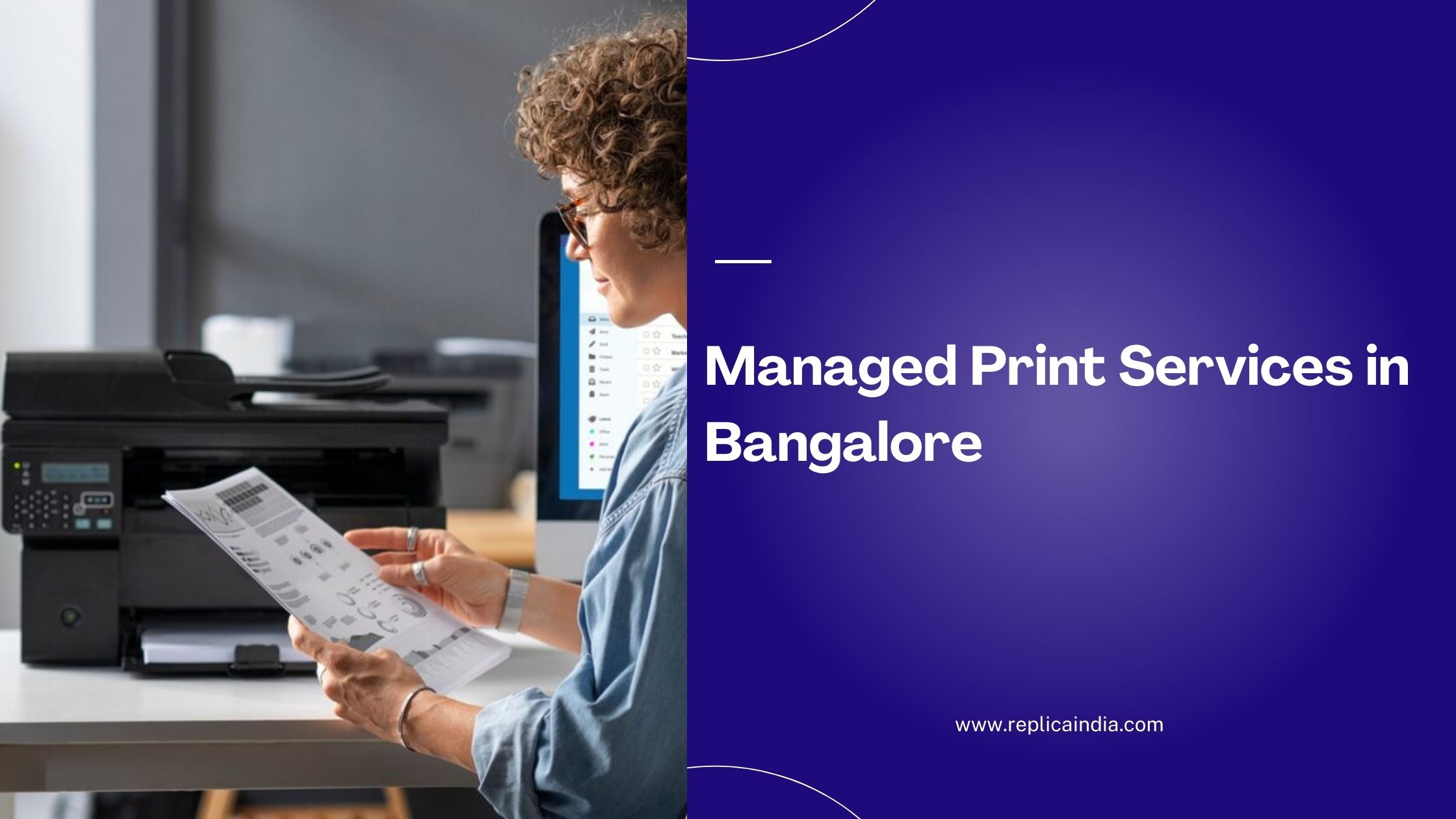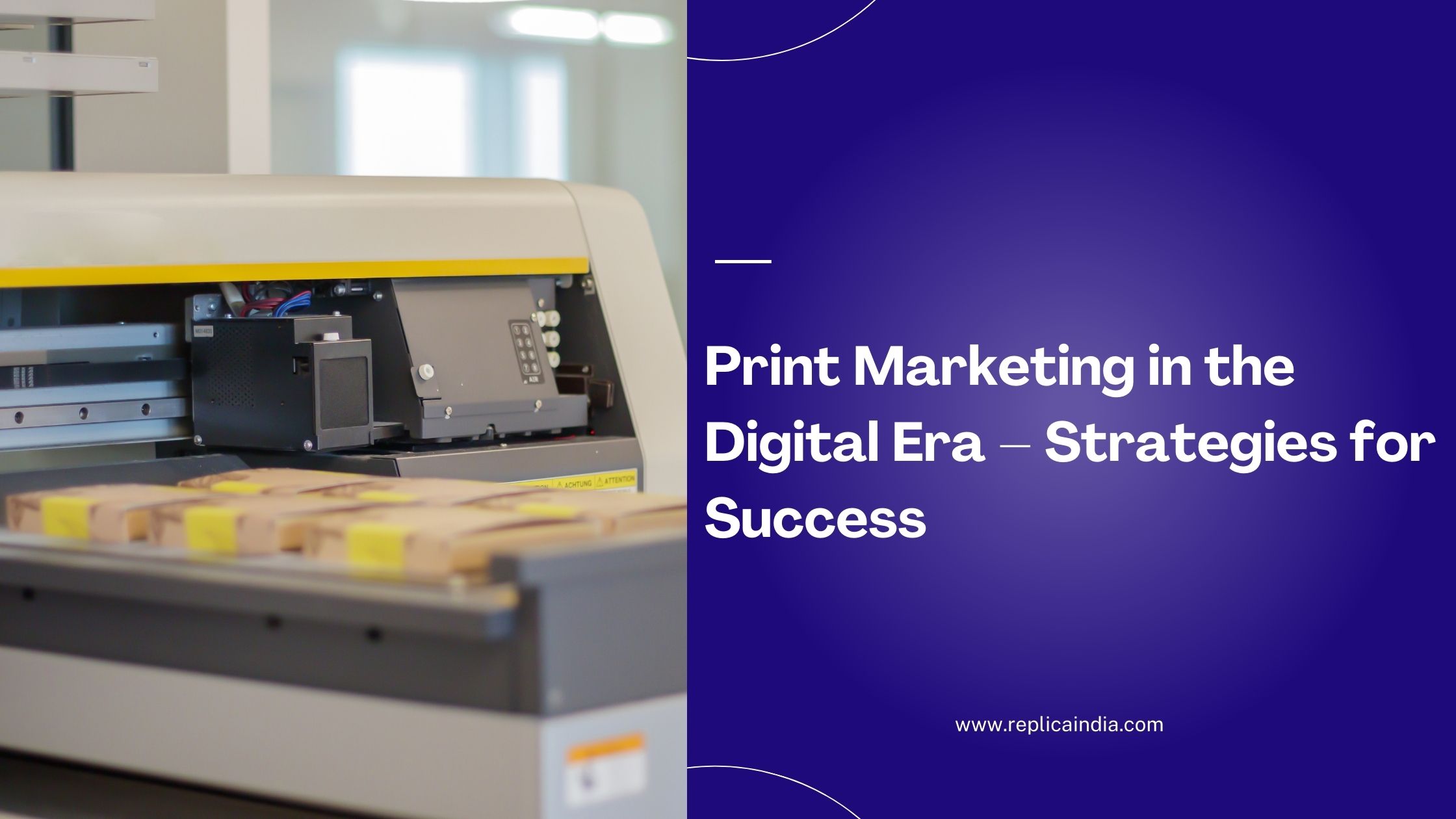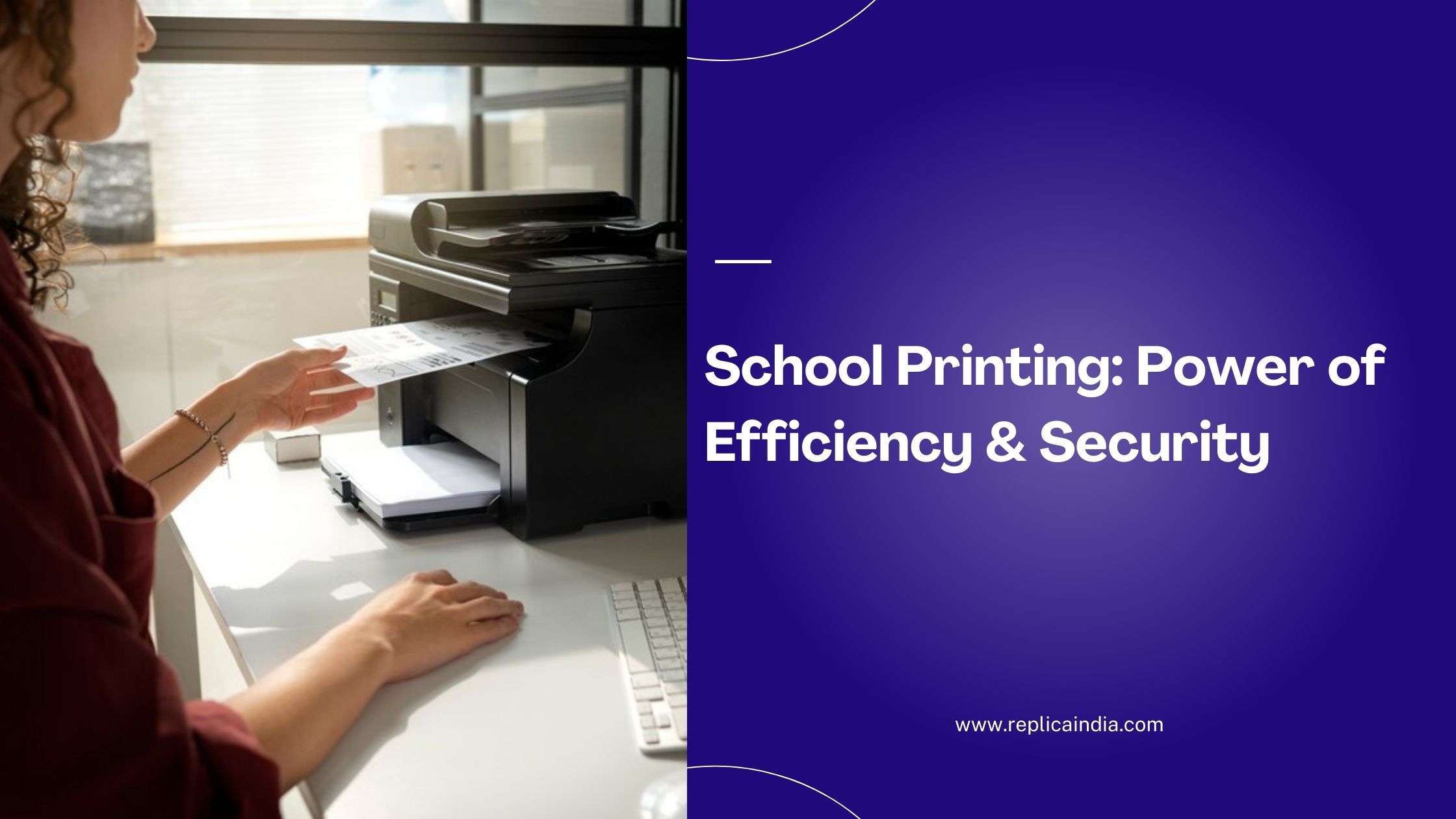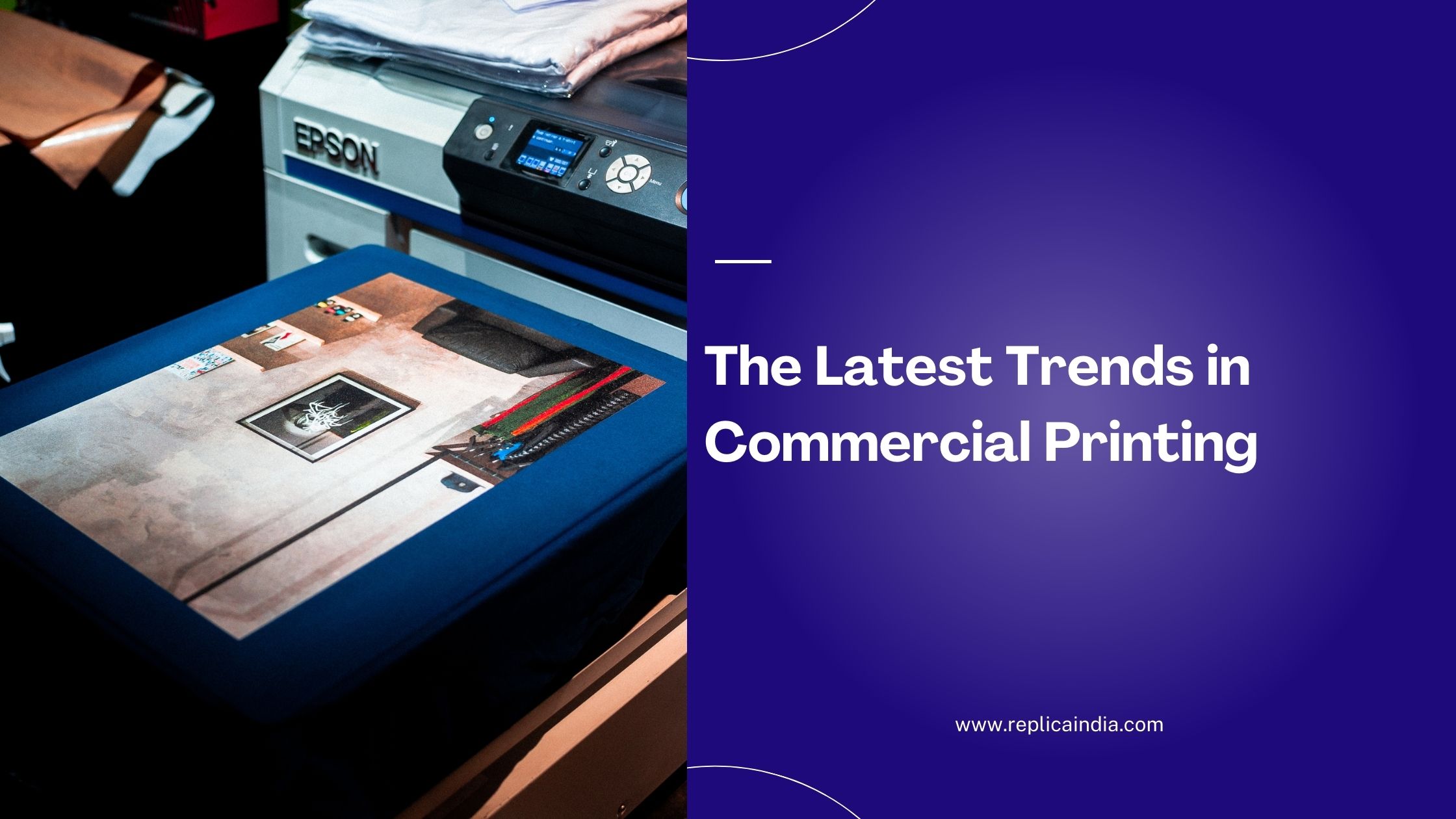Printers are an essential piece of office equipment for businesses of all sizes and industries. From printing documents and reports to marketing materials and invoices, a reliable printer is crucial for maintaining smooth operations. However, with so many types of printers available in the market, choosing the right one for your business can be daunting. In this guide, we’ll explore the various types of printers and help you determine which ones your business requires. This guide will navigate the world of business printers, just like Replica Xerography revolutionized copying, this guide will help you find the perfect “copy” (printer) for your business needs. We’ll explore the different types and their uses, empowering you to pick the ideal printing partner for your company.
Types of Printers for your Business Requirements
Inkjet Printers
Overview: Inkjet printers are versatile and widely used in both home and office settings. They work by spraying tiny droplets of ink onto paper to create text and images.
Suitable for:
- Small businesses with low to moderate printing needs.
- Businesses requiring high-quality color printing, such as graphic design firms and marketing agencies.
- Printing photos, graphics, and other visually rich content.
Pros:
- Affordable initial cost.
- Excellent color reproduction.
- Compact size and quiet operation.
Cons:
- Slower printing speeds compared to laser printers.
- Ink cartridges can be expensive to replace.
- Not ideal for high-volume printing.
Recommended Models: Epson EcoTank, Canon PIXMA, HP OfficeJet.
Laser Printers
Overview: Laser printers use a laser beam to transfer toner (powdered ink) onto paper, producing crisp text and graphics.
Suitable for:
- Businesses with high-volume printing needs.
- Offices requiring fast printing speeds and consistent output quality.
- Printing text-based documents, such as reports, contracts, and forms.
Pros:
- Fast printing speeds, making them ideal for busy office environments.
- Lower cost per page compared to inkjet printers.
- High durability and reliability, requiring less maintenance.
Cons:
- Higher initial cost compared to inkjet printers.
- Limited color printing capabilities (although color laser printers are available).
- Bulkier and noisier than inkjet printers.
Recommended Models: Brother HL-L2350DW, HP LaserJet Pro, Canon imageCLASS.
All-in-One Printers
Overview: All-in-one printers, also known as multifunction printers (MFPs), combine printing, scanning, copying, and sometimes faxing functionalities in a single device.
Suitable for:
- Businesses looking to consolidate their office equipment and save space.
- Offices requiring versatile printing and scanning capabilities.
- Small businesses with limited budgets that need a cost-effective solution.
Pros:
- Space-saving design, eliminating the need for separate devices.
- Cost-effective solution for businesses needing multiple functionalities.
- Streamlined workflow with integrated scanning and copying features.
Cons:
- May sacrifice some performance compared to standalone printers.
- Limited paper handling and printing speeds compared to dedicated printers.
- Potential for downtime if one function malfunctions.
Recommended Models: HP OfficeJet Pro, Epson WorkForce, Canon PIXMA TS.
Wide Format Printers
Overview: Wide format printers, also known as large format printers, are designed to print on media wider than traditional letter or legal-size paper. They are commonly used for printing posters, banners, blueprints, and signage.
Suitable for:
- Businesses in industries such as architecture, engineering, and advertising.
- Printing large-scale graphics, maps, and technical drawings.
- Marketing agencies and retail businesses requiring eye-catching displays.
Pros:
- Ability to print on a variety of media types and sizes.
- High-resolution output for detailed graphics and images.
- Ideal for creating professional-quality signage and displays.
Cons:
- Higher upfront cost compared to standard printers.
- Larger footprint, requiring ample space for installation.
- Maintenance and operating costs can be higher due to specialized ink and media.
Recommended Models: HP DesignJet, Epson SureColor, Canon imagePROGRAF.
Dot Matrix Printers
Overview: Dot matrix printers use a matrix of pins to strike an inked ribbon, creating characters and images by forming patterns of dots.
Suitable for:
- Businesses with specific needs for multipart forms and continuous stationery.
- Environments where durability and longevity are essential, such as industrial settings.
- Printing invoices, receipts, and other multipart documents.
Pros:
- Extremely durable and capable of printing on multi-part forms.
- Cost-effective for printing large volumes of text-based documents.
- Long lifespan and minimal maintenance requirements.
Cons:
- Limited printing quality compared to modern inkjet and laser printers.
- Slow printing speeds, especially for complex graphics and images.
- Noisy operation and higher energy consumption.
Recommended Models: Epson LX-350, OKI Microline, Lexmark Forms Printer.
Factors to Consider When Choosing a Printer for Your Business
1. Printing Needs
Consider your business’s printing requirements, including the volume and type of documents you need to print. Determine whether you need color printing, high-resolution output, or specialized printing capabilities.
2. Budget
Set a budget for purchasing a printer and consider the total cost of ownership, including maintenance, supplies, and ongoing expenses like ink or toner cartridges.
3. Space Constraints
Evaluate the available space in your office or workspace and choose a printer that fits comfortably within the allocated area. Consider the printer’s size and footprint, especially for compact office environments.
4. Connectivity Options
Look for printers with versatile connectivity options, such as Wi-Fi, Ethernet, USB, and mobile printing capabilities. Ensure compatibility with your existing devices and network infrastructure.
5. Features and Functions
Identify the features and functions that are essential for your business operations, such as automatic duplex printing, document scanning, cloud printing, and security features like PIN printing or encryption.
6. Reliability and Support
Research the reliability and reputation of printer brands and models, as well as the availability of technical support and warranty coverage. Choose a printer from a reputable manufacturer with a track record of reliability and customer satisfaction.
Conclusion
Selecting the right printer for your business is a critical decision that can impact productivity, efficiency, and overall operational costs. By understanding the different types of printers available and considering factors such as printing needs, budget, space constraints, and features, you can make an informed choice that meets your business requirements. Whether you opt for an inkjet printer for vibrant color printing, a laser printer for high-speed document production, or an all-in-one printer for versatile functionality, investing in the right printer can help streamline your workflow and support your business growth. Replica Xerography will help you to understand the types of printers and functionality of printers to choose the perfect printer for your business needs.




